
The word “security” conjures a couple of distinctly different and conflicting images. One is of human beings living in safe, viable, and sustainable communities, where individuals can freely develop their full potential, not hindered by threat and assault and exclusion from the daily necessities of life.
This notion of security prioritizes such socially beneficial institutions as housing, health care and education. It encourages the arts, maintains infrastructure and sustains ecosystems.
This kind of security also provides for the people’s defense. That defense is not, however, prioritized over social needs, and it is not formed for committing acts of aggression against others. Such a society may take a variety of forms but, in the broadest sense, all of them could be called socialist in that they put people before profits.
More often than not, however, when we talk about security, we are talking about something completely different. This notion of security is rooted in the kind of fear bred in the heart of the thief and the murderer, ever on guard that those to whom they have caused pain might rise against them and take back what has been stolen.
This type of security also results from a desire to manage broken communities and societies through coercion and punishment, rather than addressing root causes. It is the security of those who prefer to fight “wars on crime” instead of “wars on poverty.”
This security is prioritized over every social need. Its primary directive is protection of the powerful few, and the preservation and expansion of their markets and profits. This is the “security” of capitalism and Empire, that is, the U.S./NATO Empire.
According to the World Inequality Report, one percent of the world’s population owns 38% of its wealth, while the poorest 50% own just 2%. My former colleague at the Alliance for Global Justice (AFGJ), Jon Hunt, used to say, “The Pentagon is the insurance company of transnational corporations and global capitalism.”
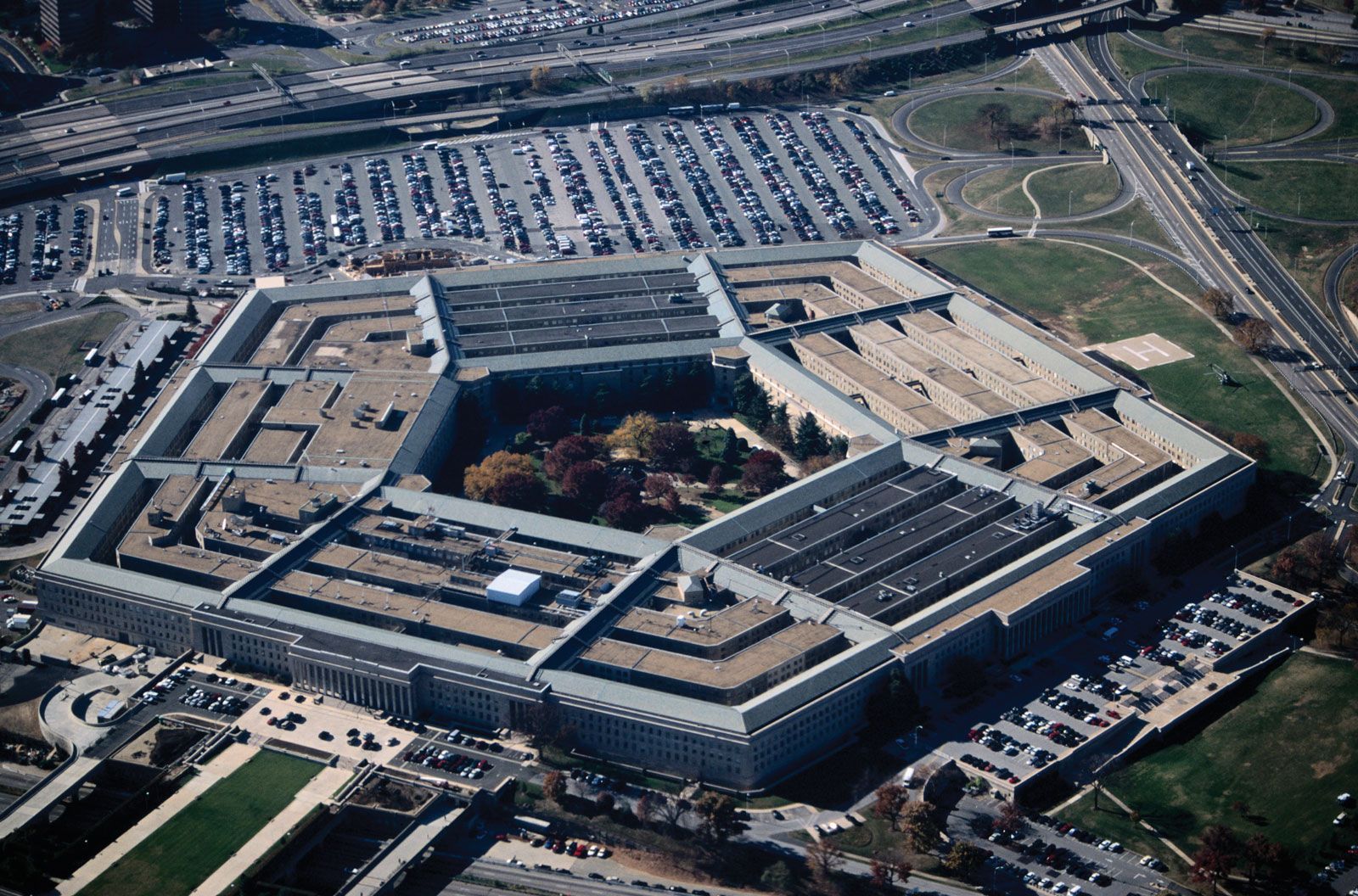
The United States was founded as an empire, and that is what it is today. While its architects once clamored about the “manifest destiny” of U.S. occupation of the continent “from sea to shining sea,” the objective today is U.S. hegemony around the world.
The U.S. Empire wants to dominate other nations, but it is not against the idea that they should be more developed. The U.S. wants to replicate its model in many other places while also bringing home lessons learned abroad.
As the wealth gap grows each day in our own country, the U.S. ruling class must also find new ways to exercise its control over the nation. Global capitalism depends on the growth of power-elites around the world to facilitate privatization of resources, as well as expansion of markets and access to cheap labor.
Meanwhile, as resources dwindle every day—especially water resources—and the twin crises of economic collapse and climate change proliferate, the export of the U.S. security model becomes a priority for the control, displacement and dispossession of peoples, and, of course, for the repression of the inevitable resistance.
The United States is unique in this way. The export of our security model across the world is unparalleled. That model represents the very infrastructure of the Empire. It is Empire’s skeleton. This is why the United States maintains more than 800 foreign military bases, the spine of the imperial beast.
But not only that. We are exporting our police model; our legal model; our border militarization model; our prison model. In fact, as if to underscore the reality that, in the U.S., the nation and Empire are one, our Department of Homeland Security is itself an international agency, with more than 2,000 agents stationed outside our borders.
Colombia is a case in point in terms of a country whose security model has been restructured based on a U.S. model. And it is more than that. Colombia is a most willing proving ground for the development of new programs, new aspects of security, new partners, subsequently taken to a much wider international stage. In terms of the diffusion of the U.S. security model, Colombia is not just a doorway to Latin America, but to the world.
Colombia functions as a military colony of the U.S. Empire (and NATO, given its status as Latin America’s sole NATO partner). As such, the nation has at least seven U.S. military bases and, truly, the U.S. military has access wherever it wants to go.
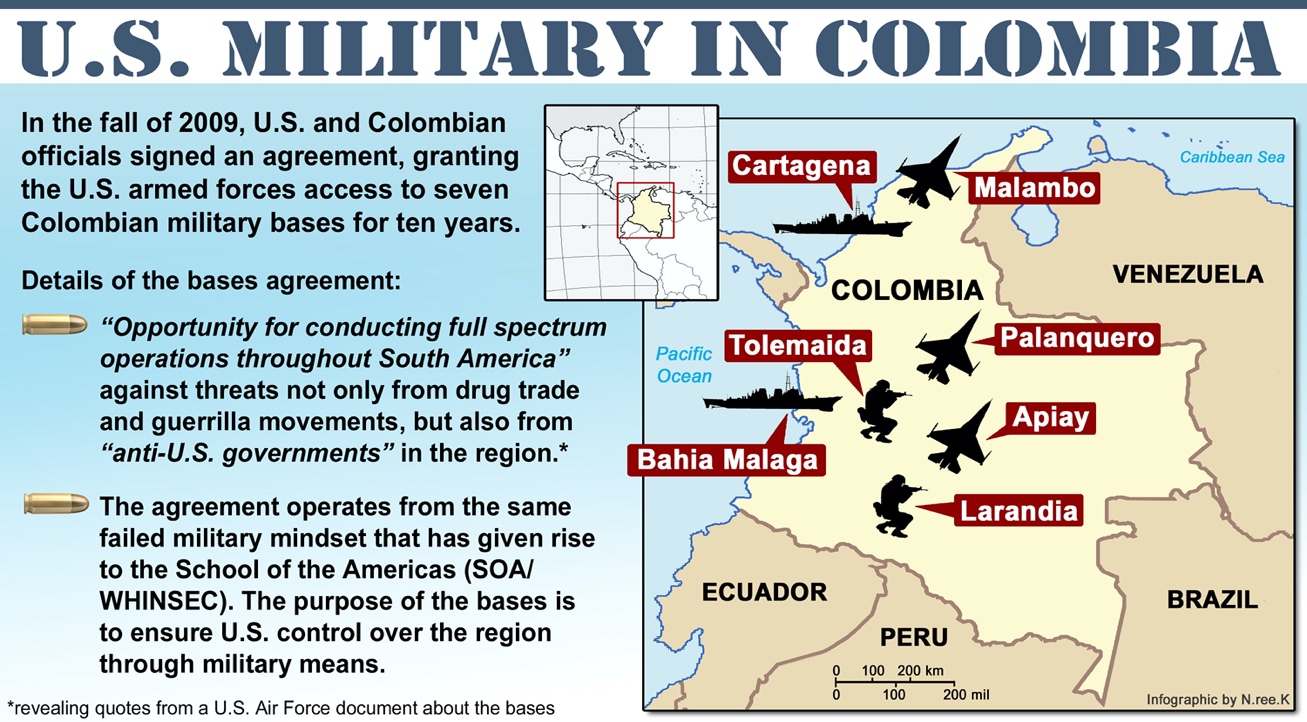
Colombian military officials regularly report to the Pentagon’s Southern Command (SOUTHCOM). Colombia’s troops have served in Afghanistan and Yemen, and they have patrolled air and sea space with U.S. troops along the coasts of Central America and Western Africa.
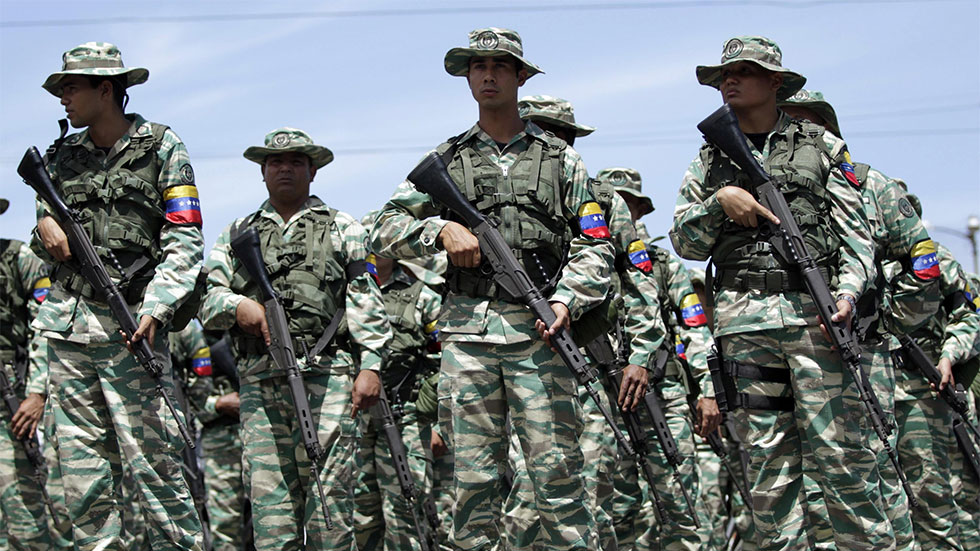
I have personally seen Colombian troops in the village of Herrera, Municipality of Rioblanco, Department of Tolima, who were carrying canteens on their belts stamped “USA.” You can be sure that no U.S. soldier has ever been approved to wear any clothing or accessory bearing the insignia of another country’s military, no matter how close an ally.
Today, Colombia’s two largest troop concentrations are in the southwest of Colombia and along its border with Venezuela. Both are frequently visited by advisers from SOUTHCOM. Colombia is a launching pad for any potential military action in the region on behalf of or involving the United States and against progressive governments and movements across Latin America.
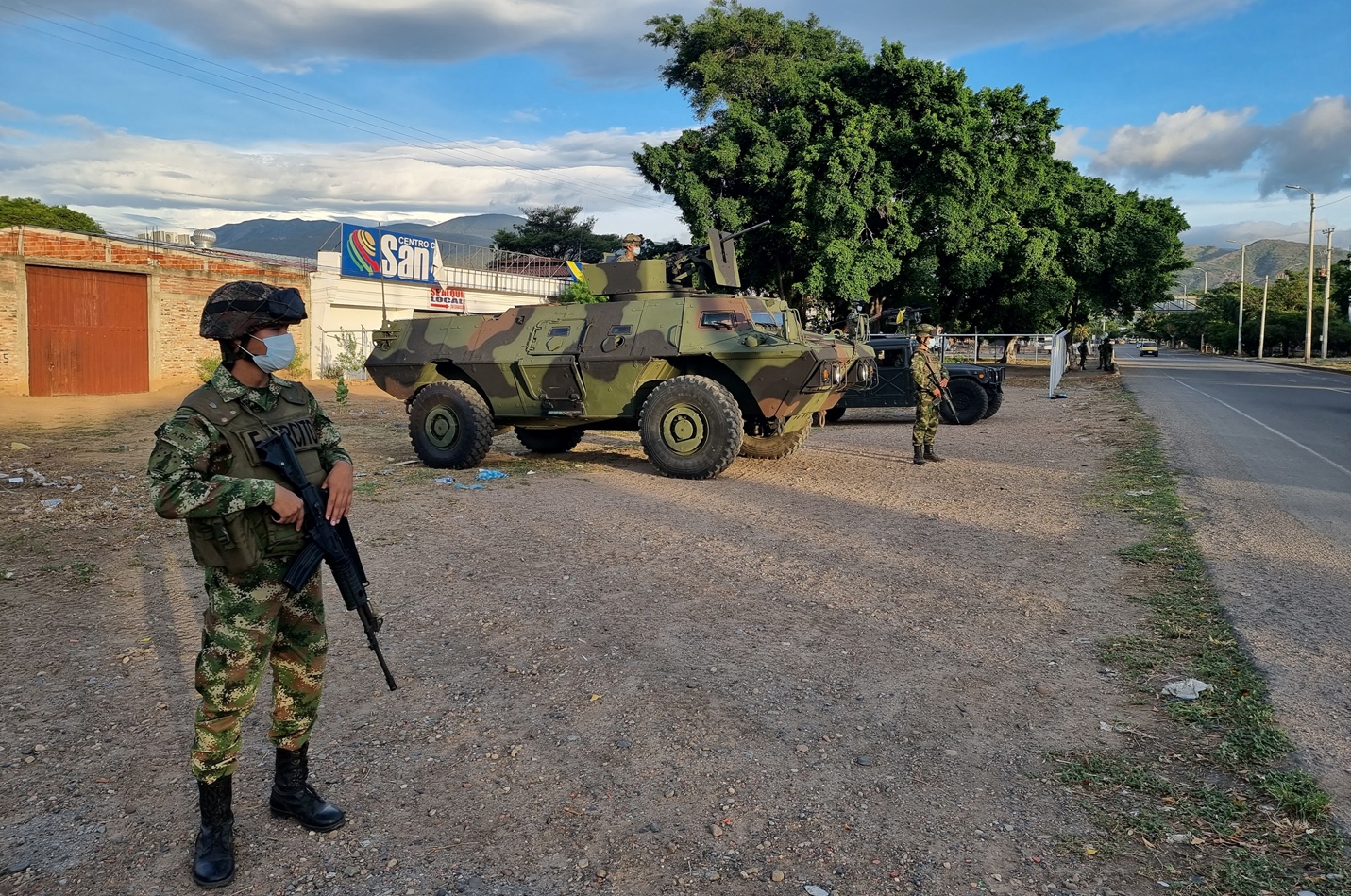
Colombia has also become a major trainer of military, police and prison personnel internationally, especially in Central America and Mexico. General John Kelly, former commander of SOUTHCOM and former Secretary of Homeland Security, told a House hearing on April 29, 2014, that
“The beauty of having a Colombia – they’re such good partners, particularly in the military realm, they’re such good partners with us. When we ask them to go somewhere else and train the Mexicans, the Hondurans, the Guatemalans, the Panamanians, they will do it almost without asking. And they’ll do it on their own…. But that’s why it’s important for them to go, because I’m–at least on the military side–restricted from working with some of these countries because of limitations that are, that are really based on past sins. And I’ll let it go at that.”
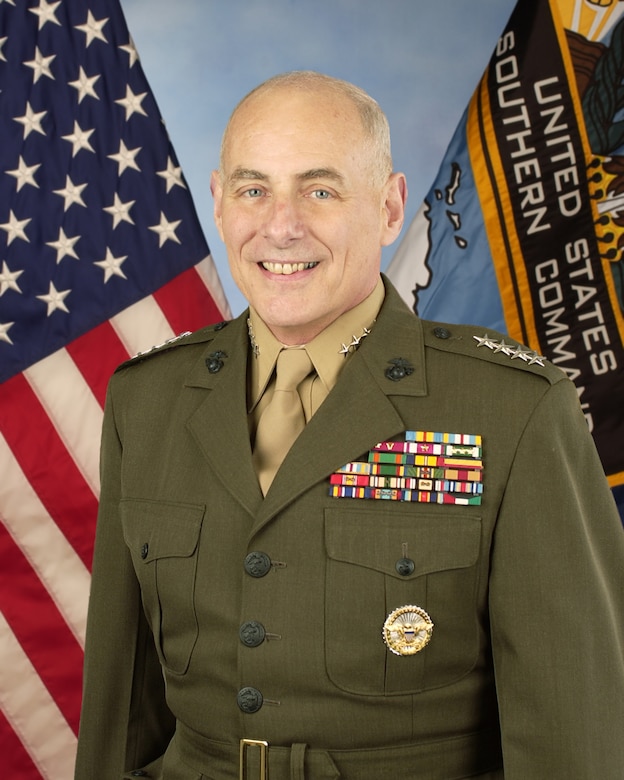
Plan Colombia is the military and security aid project that was implemented by the U.S. and Colombian governments in the late 1990s, at a price tag of some $12 billion. One result was the establishment of the U.S.-funded and advised ESMAD (Escuadron Móvil Antidisturbios, the highly militarized Colombian riot police).
ESMAD and the Colombian National Police are reviled across Colombia for their attacks against people’s movements, something I myself have witnessed. As if to underscore the internationality of both the people’s resistance and the repression of the people, it is significant that the first protester killed by ESMAD was Carlos Giovanni Blanco in Bogotá in 2001 while protesting the U.S. war against Afghanistan.
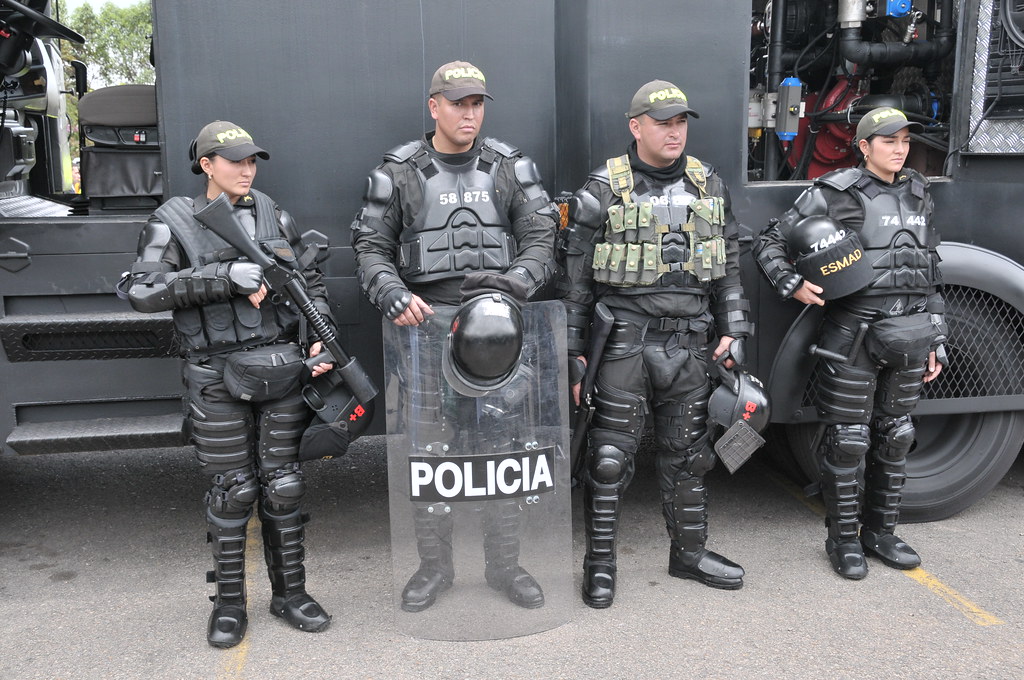
In an article titled Colombia’s ESMAD and the History of U.S. Policing, my colleague, Maya Hernandez, explains:
“The exportation of the U.S. policing model started during the Cold War, when American officials traveled to over fifty countries, offering assistance for stemming the spread of communism to local police forces. By embarking on a global campaign to encourage the use of policing to fight communism, the U.S. successfully created a transnational repressive police force. These counterinsurgency tactics are ongoing. Today, the U.S. trains police in 91 different countries, mostly in the Global South, thus internationalizing the targeting of people of color by focusing their efforts in non-White majority countries. According to a recent article published in the Washington Post, “U.S. funding for foreign police training expanded from $4.3 million in 2001 to $146 million in 2018.” This is a continuation of the domestic root of policing to protect the interests of the wealthy and, especially, the profits secured from the global plunder of transnational corporations and their regional collaborators. In other words, overseas police training is essential to the prosperity of the U.S. Empire.
As a close ally to the United States, Colombia is one of the first countries to use the U.S.’ policing model. In 1999, the Colombian government, backed by President Bill Clinton, created ESMAD or Mobile Anti-Disturbance Squadron…. Since its inception, ESMAD has flagrantly violated the rights of thousands of Colombians, consistently escalating violence against social leaders and activists and silencing peaceful protest. In rural areas, ESMAD has been used against protests led by peasant farmers communities, including attacks against mass indigenous consultations known as mingas, and against communities protesting to be included in voluntary programs of rural development to create alternatives to coca production. Disproportionately, the targets have been indigenous and Afro-Colombian communities….
Between 1999 and June 2019, ESMAD was involved in the extrajudicial killings of 34 persons. Since then, the number has grown. Many of us watched in horror the news reports depicting the repression by ESMAD and the Colombian National Police against participants in the national strike that began April 28, 2021, in Cali, Bogotá, and elsewhere.
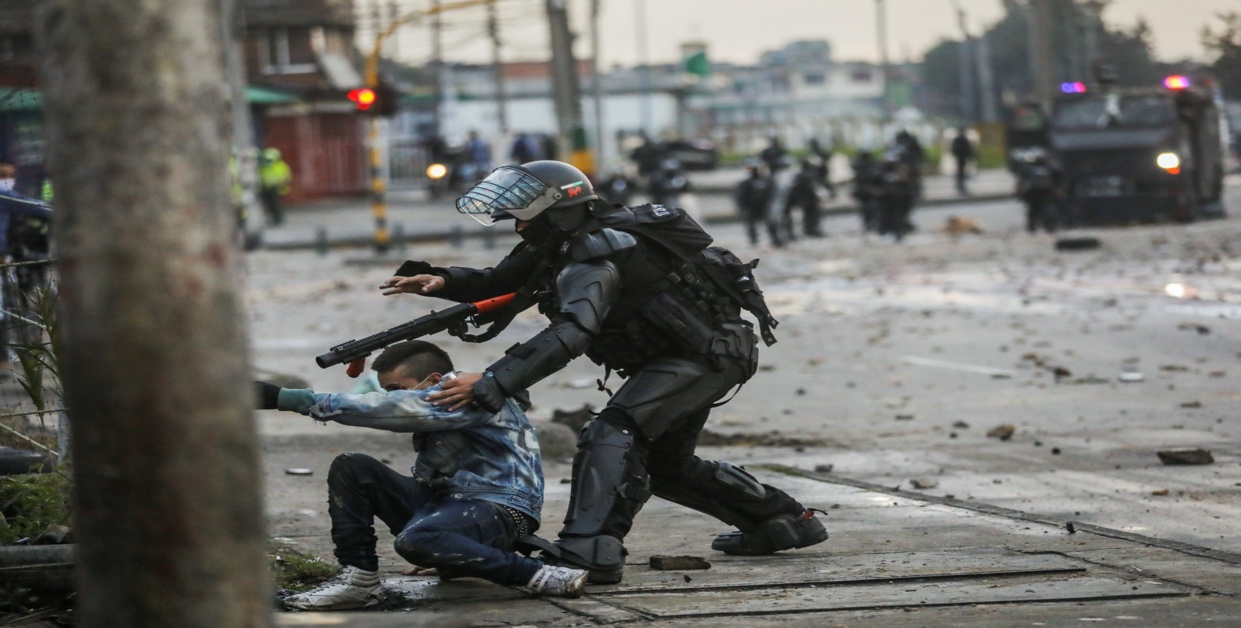
Although it received less international news coverage, before that was the massacre perpetrated by the police in Bogotá on September 9, 2020. On that day, in the pre-dawn hours of the morning, Javier Ordóñez was beaten to death by local police before a crowd of witnesses while he pleaded for his life. He was murdered for violating a curfew. Across Bogotá, thousands of people took to the streets in protest of police brutality and, before the day was done, ESMAD and other police units had killed 13 more people.
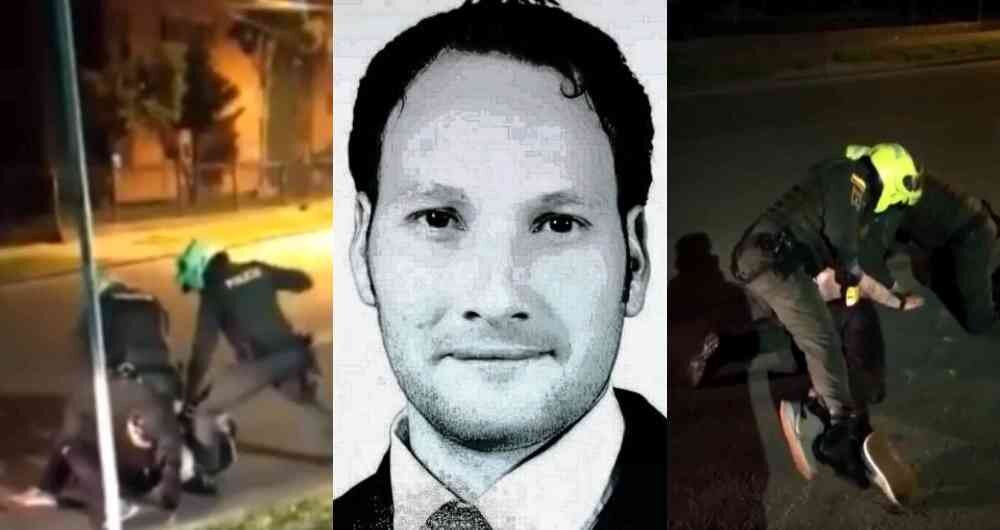
For us in the United States, what took place in Bogotá on that day looked all too familiar. As Javier Ordóñez spoke his last words pleading, “Please, I’m choking!” we were painfully reminded of the murder of George Floyd by the police in Minneapolis on May 27, 2020. His last words: “I can’t breathe.”
Likewise, as we looked on at the repression unleashed against Colombian protesters on September 9 and during the national strike, the similarities were clear. The riot gear worn by ESMAD was just like the riot gear worn by U.S. police who attacked protesters in Portland, Seattle, and other cities across the U.S.
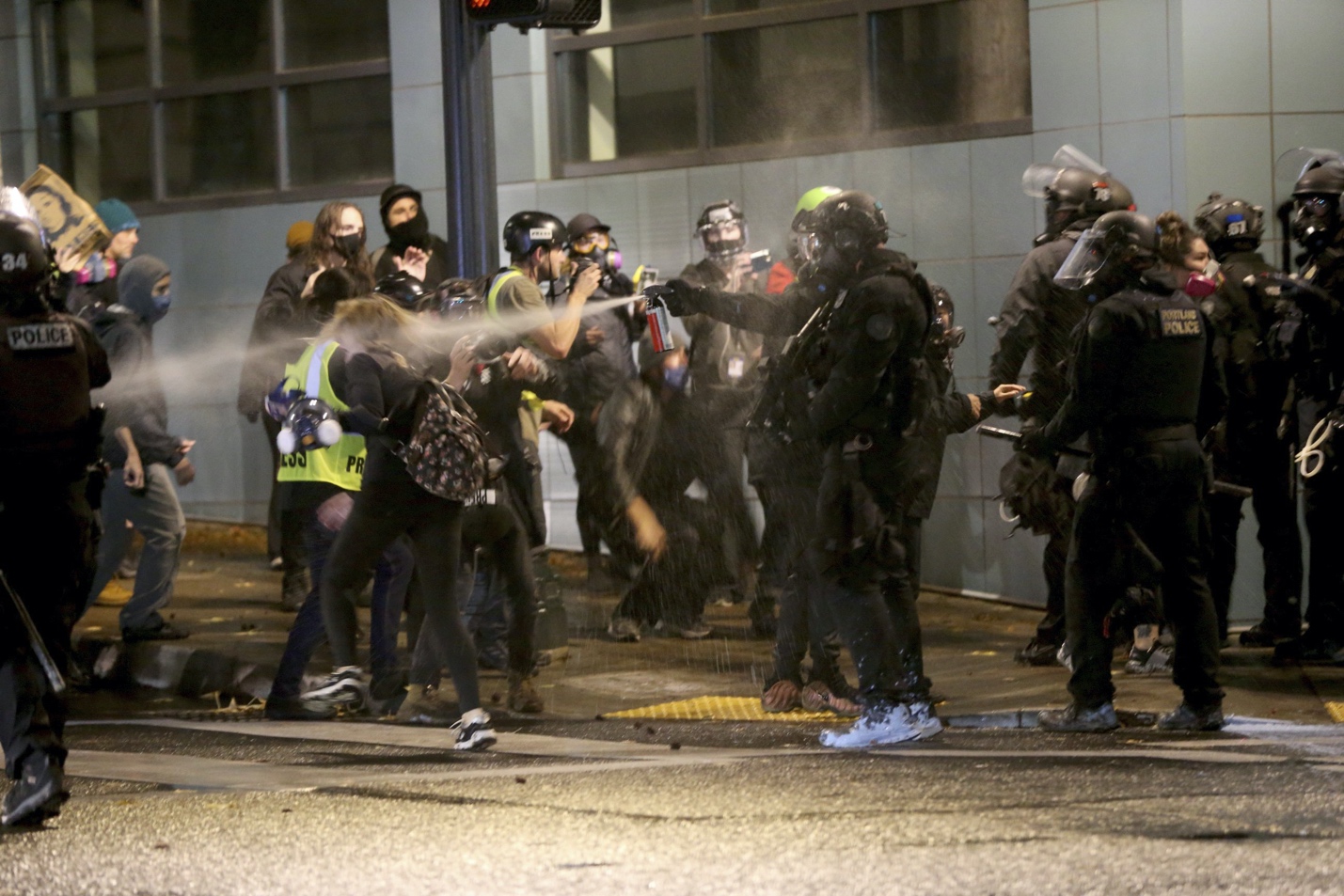
The rubber bullets, the tear gas canisters, the helicopters used to track, threaten and assault protesters that we saw deployed in Colombia? We recognized those, too. After all, they were “Made in the USA.”
Of course, the U.S. also brings home new ways to repress. Colombians seeing the repression of U.S. protesters would have recognized the presence of paramilitaries working with police (Kyle Rittenhouse), arbitrary arrests, forced disappearances.
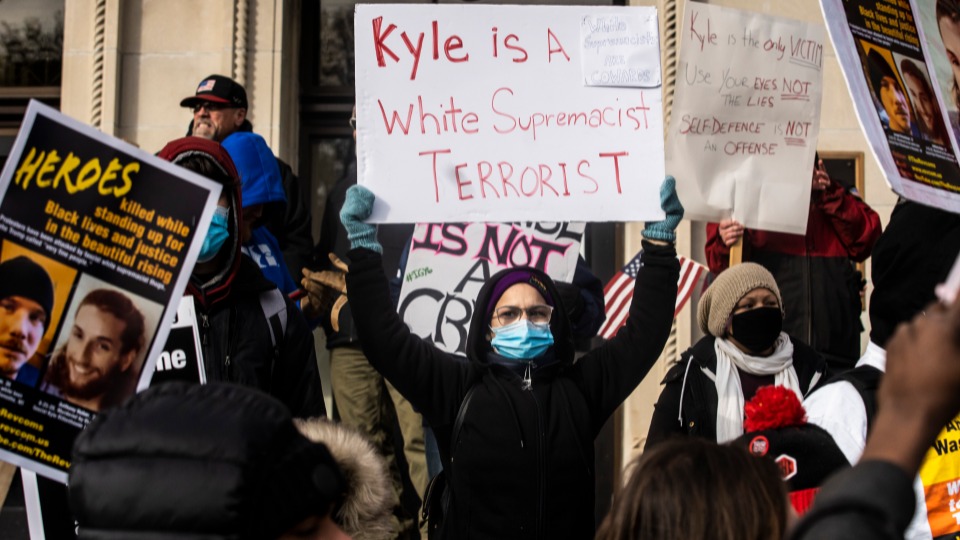
In an excellent document about the 2020 uprising titled A Year in Review: Racism, Repression and Fightback in the USA, coordinated by my colleague, Natalia Schuurman, she writes,
“On June 29, 2020, about a month after George Floyd’s murder, USA Today reported protests in at least 1,700 cities and towns, large and small, across all 50 states. In early June of 2020, a poll from the Pew Research Center estimated that at least 15 million people nationwide had participated in protests, with the number growing by the millions into late June. By then, the National Guard had mobilized in at least 25 states, deploying at least 62,000 federal troops on the ground working in cooperation with local and statewide police to ‘dominate the streets,’ as former President Trump described.”
While watching footage of the repression of the National Strike in Cali, I was angered by videos of Colombian National Police helicopters harassing and firing on protesters with live ammunition. I wanted to know more about Colombian police air capabilities and ties to U.S. funding. I learned about one company that is emblematic not only of how the U.S. exports its security model to Colombia and the rest of the world, but also of the multi-faceted aspects of that model.
Between 2012 and 2017, the Falls Church, Virginia-based contractor Pacific Architects and Engineers (PAE) received at least $616.7 million from the U.S. State Department to support the air capabilities of the Colombian National Police. This included support for and development of the Tuluá National Police Air Base, located near Cali, and used as a base of operations against the 2021 national strike. According to PAE officials, “The company… will provide administrative, technical, maintenance, training, safety, logistics and procurement services for 59 aircraft units that include Bell-206 helicopters, C-208 caravans, UH-1HII, UH-60L and UH-60A.”
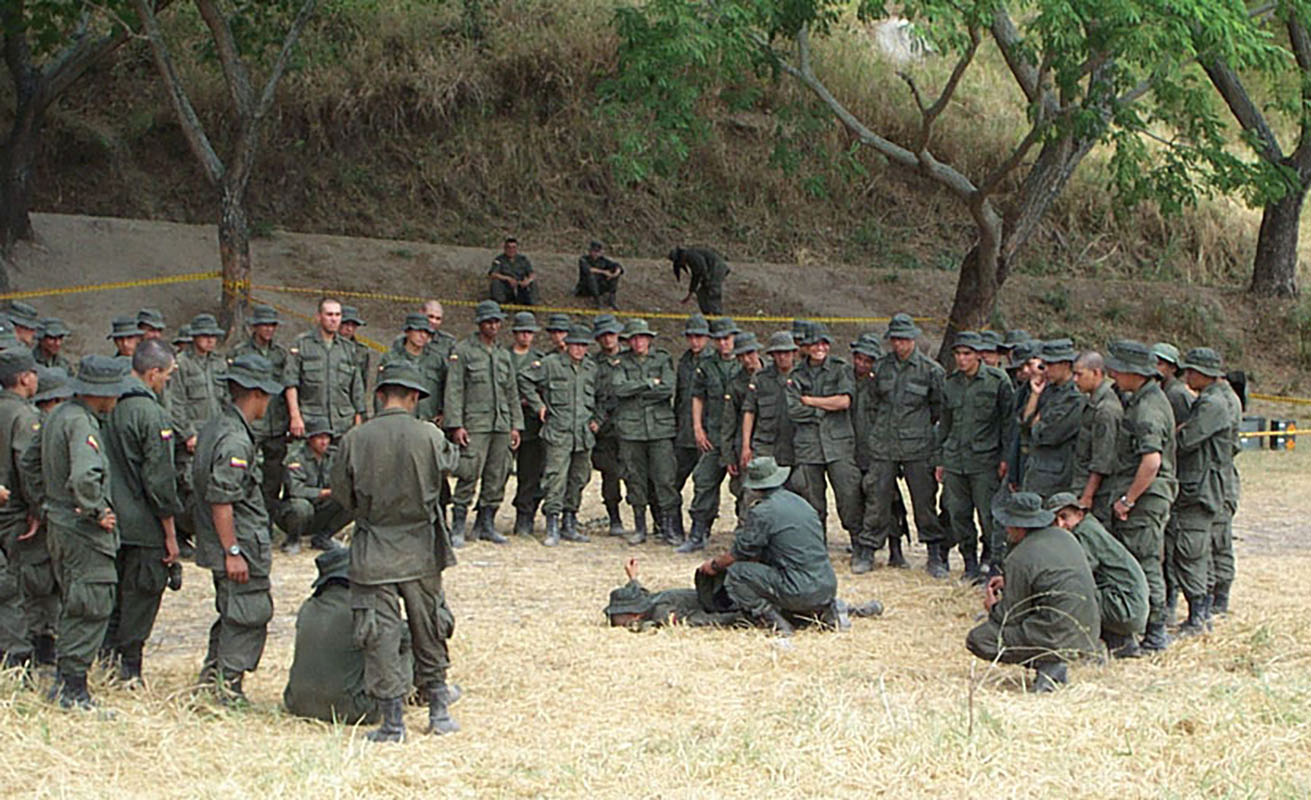
Colombian National Police. [Source: arsof-history.org] 
[Source: govconwire.com]
On January 6, 2021 (the same day as the Capitol Hill riot in Washington, D.C.), PAE announced that it was one of three companies that had been awarded a $3.3 billion contract to process 98% of visas to immigrants and non-immigrants, with operations in 120 countries.
As we can see, the U.S. security model is diverse… and profitable. PAE is also one of the top ten contractors for privately run immigrant detention centers in the U.S., for which it received more than $801 million between 2013 and the first six months of 2019. From processing visas to jailing immigrants to repressing popular movements in Colombia, PAE is well-paid to administer key components of the Empire’s concept of security.
Militarized policing leads directly to militarized prisons and mass incarceration. It is not enough that here in the U.S., we have the largest population of incarcerated persons in the world.

Among the characteristics of the U.S. prison model are overcrowding; torture, especially in the form of solitary confinement; long periods being held incognito while in transfer; neglect of healthcare; a prevalence of rape and physical abuse that is largely ignored by prison officials; persons of color and the poor jailed at rates far above their representation in both crime statistics and the general population; and the detention of political prisoners which, in the U.S., is mostly directed against those who resist racism.
The U.S. model of mass incarceration is something we should be ashamed of. Instead, we export it around the world. We call this Prison Imperialism. It started in 2000 with an agreement between the U.S. and Colombian governments to restructure Colombia’s prison system, spread from there to Guantánamo in occupied Cuba, Bagram in Afghanistan, and Abu Ghraib in Iraq. Today the U.S. is building an Empire of Prisons across the Global South.

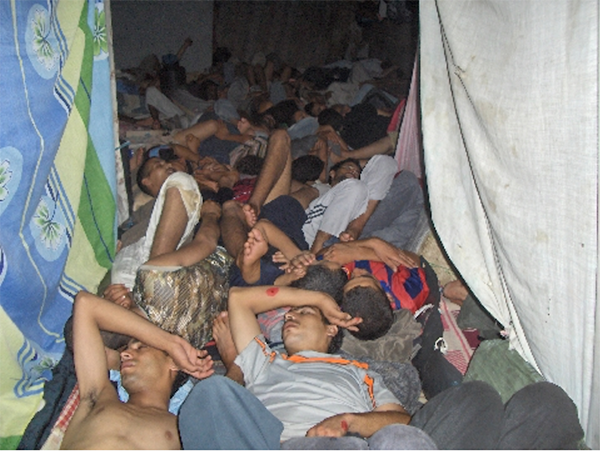
But what of the other concept of security—the security, safety and well-being of our own people, those who live and work and play and go to school within the borders of the United States?
Many people internationally have a flawed perception of life in the United States, including on the Left. I was recently at an event in Colombia, in Popayan, Cauca. I am sure everyone there would have described themselves as socialist and anti-imperialist.
At one point, an Indigenous leader came up to me and asked me if it was true that in the United States, there is no poverty. I also spent five weeks in Cuba in 2015, the most humane country I have visited in my life. Even there, I spoke with people who had a distorted view of the U.S. as a land of opportunity.
The reality is that every time a person rises in this system, others must fall. The United States has the largest inequality gap in the developed world. And while workers and the poor and, indeed, everyone but the richest and most powerful have suffered economically and in every other way during the pandemic, according to the Institute for Policy Studies, the wealth of U.S. billionaires increased by 71%, more than $2 trillion!
Life in the U.S. is indelibly marked by pervasive racism, rising inequality, repression of popular movements, rampant climate chaos and the rise in hate crimes and paramilitary groups. The belligerent aspect of the nation’s political bosses, police, and military parallels the loss of U.S. prestige and influence in the world economically, as the world becomes more multi-polar, and China challenges the U.S. as the world’s largest economy.
The U.S. is on a downward slide, an Empire in decline. But that Empire retains the most massive monopoly on destructive power in the world, and it will use it at home and abroad to protect the interests of its wealthiest citizens and benefactors.
The starting point of any discussion about reality in the United States has to be around the topic of racism. One Black man of every 1,000 Black men can expect to be killed by a police officer. Likewise, class oppression and racism are deeply intertwined in the U.S. Homelessness is part of our national fabric and identity.
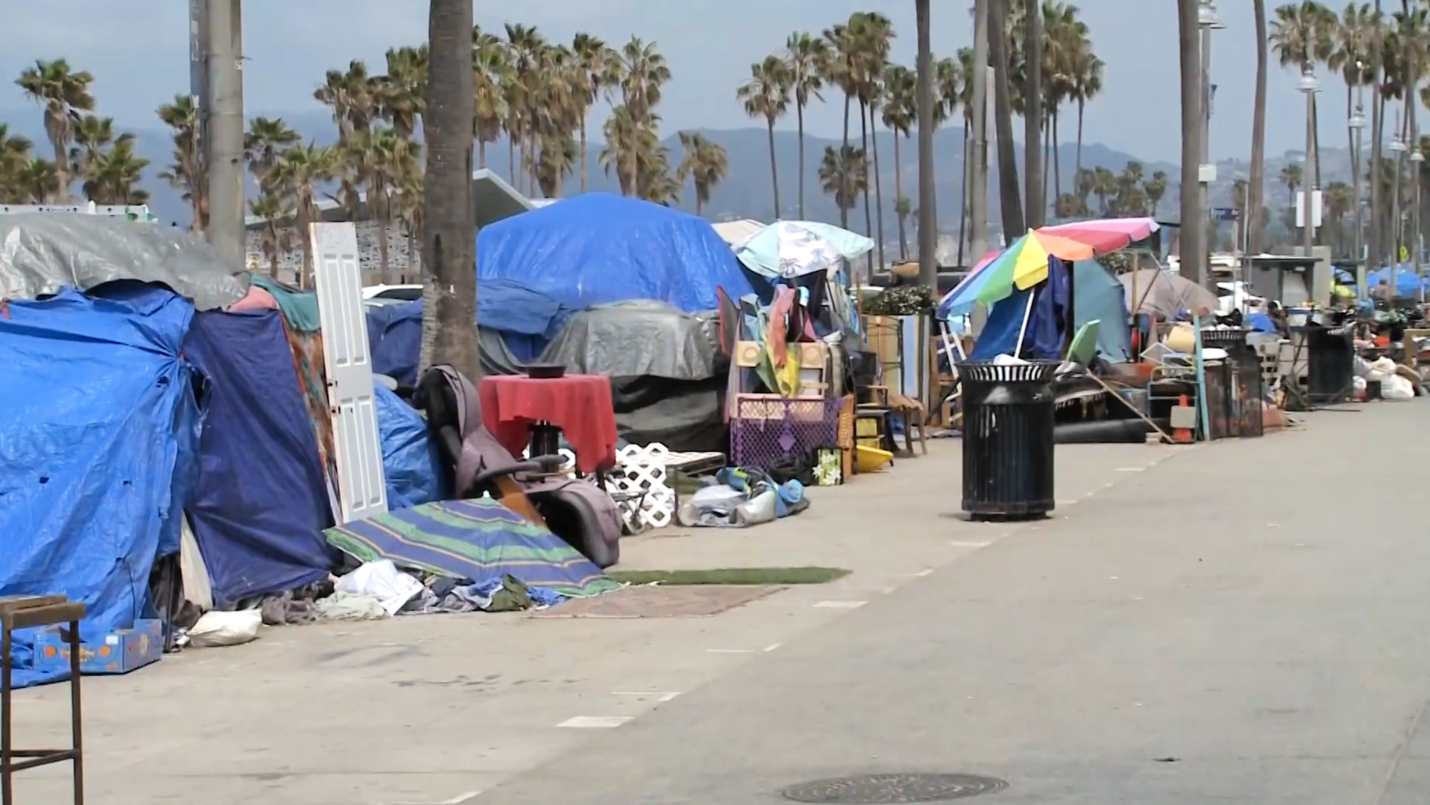
Driving Indigenous nations from their homes, kidnapping Africans for enslavement in another land, the dispossession and poverty that are the lot of our nation’s poor: It is upon this more than anything else that the so-called American Dream is built.
Homeless people are far more likely to be victims of hate crimes than the general population. The problem is greatly compounded if one is a person of color.
According to the Population Reference Bureau, “Estimates of homelessness in the United States range from fewer than 600,000 to more than 1.5 million people, and the estimates vary by source.”
I would like to mention some of my own experiences. When I was a young man, I worked with homeless persons for about five years in the cities of Chicago and Tucson and have continued to support the movement for the rights of the homeless. My comrades in this struggle and I were equally involved in the movement against war and nuclear weapons. We saw them as the same: The State had abandoned its duties to the poor and workers in order to increase an already ridiculously bloated military budget.
When I was engaged in this work, I could not begin to count the times we heard about police beatings of homeless persons, how often we treated their wounds. Where I lived in Chicago, it was common knowledge that the police would beat, torture and even kill victims, especially Black, Latino, and homeless Chicagoans.
One police detective and commander, Jon Burge, a veteran of the U.S.’s Phoenix Program in South Vietnam, was found to have tortured at least 118 people between 1972 and 1991. Homeless people are not only the victims of police violence, but that of para-police and paramilitaries. Between 1999 and 2019, there were 1,852 reported incidents of violence against the homeless, 515 of which resulted in fatalities.

Nationwide, homelessness has increased each of the past four years. Meanwhile, funding for the military has increased. Instead of homes for those with no home, we house soldiers in our 800+ international military bases. We build prisons that hold 2.7 million of our people behind bars, 60% of whom are people of color, and we build squalid immigrant detention centers that incarcerate some 400,000 persons per year, including children tragically separated from their families.
What the U.S. wants for the world is inequality, for the elite to rise to the top, and for the rest of us to serve them. This is obvious. Let me repeat again: Among the so-called “developed nations,” we have the largest wealth gap. Our top allies in South America, Brazil and Colombia, are the first and second most unequal countries in the Western Hemisphere.
The moment any person or people cease to be useful, or resist, the Empire wants to bomb us, starve us, jail us, displace us, or disappear us. What the Empire hates most is the threat of a good example. The U.S. Empire will use any tactic or trick possible to destroy that threat. The sanctions and blockades against Cuba, Nicaragua and Venezuela are designed to cripple these nations and destroy the alternative examples they offer to the U.S. models.
While the U.S. seeks to be a destroyer of some nations, it seeks to reinforce others. The U.S. approach to nation-building is fundamentally a military strategy. First destroy, then occupy, then rebuild it as a vassal state and perhaps, eventually replicate the U.S. reality in the name of development.
The U.S. spends more on its military than the next 11 countries combined. But that is only part of the story. All aspects of U.S. government are in some manner subservient to the Pentagon and the overarching militarism that pervades this society.
Likewise, U.S.-style democracy promotion and nation-building is included explicitly as part of a total spectrum Pentagon strategy known as DIMEFIL. DIMEFIL refers to the components of Diplomacy, Information, Military, Economic, Finance, Intelligence, and Law Enforcement as applied to the concept of nation-building.
Marc Plattner is the Editor of the Journal of Democracy, published by the government-created and funded National Endowment for Democracy. The NED is a leading supporter and instigator of U.S.-sponsored regime change. Plattner states, quite openly that
“Liberal democracy clearly favors the economic arrangements that foster globalization—namely, the market economy and an open international trading system…. Liberalism is based on the natural rights and the desire for property…. Globalization has fostered democratization, and democratization has fostered globalization. Moreover, both trends generally have furthered American interests and contributed to the strengthening of American power…. It is worth emphasizing that the international order that sustains globalization is underpinned by American military predominance.”

What, then, is the nature and tactical objective of U.S. military predominance? It cannot be fit into such simplistic and traditional concepts as victory or peaceful resolution—especially not resolution.
Resolution requires concessions of land rights, security for the political opposition, healthy and independent labor institutions, and other such troublesome ideas. Perpetual war has become the new reality. Manageable conflict may be ongoing for long and perhaps endless periods of time. But it allows for continued privatization without respect for the demands and sovereignty of others.
Victory certainly has not been the unitary objective in either Afghanistan or Colombia. It is too easy to talk about the recent events of Afghanistan and the return of the Taliban as a defeat for U.S. imperialism, which it was.
But if that is all we focus on, we forget that the reason the U.S. began its involvement in Afghanistan in the first place was precisely to overthrow a socialist government, and to set in motion the events that would help lead to the eventual fall of the Soviet Union. Former National Security Adviser Zbigniew Brzezinski explained in a 1998 interview that,
“According to the official version of history, CIA aid to the Mujahideen began during 1980, that is to say, after the Soviet army invaded Afghanistan on December 24, 1979. But the reality, closely guarded until now, is completely otherwise: Indeed, it was July 3, 1979, that President Carter signed the first directive for secret aid to the opponents of the pro-Soviet regime in Kabul. And that very day, I wrote a note to the president in which I explained to him that in my opinion this aid was going to induce a Soviet military intervention.
That secret operation was an excellent idea. It had the effect of drawing the Russians into the Afghan trap and you want me to regret it? The day that the Soviets officially crossed the border, I wrote to President Carter, essentially: ‘We now have the opportunity of giving to the USSR its Vietnam war.’ Indeed, for almost 10 years, Moscow had to carry on a war that was unsustainable for the regime , a conflict that brought about the demoralization and finally the breakup of the Soviet empire.
What is more important in world history? The Taliban or the collapse of the Soviet empire?”
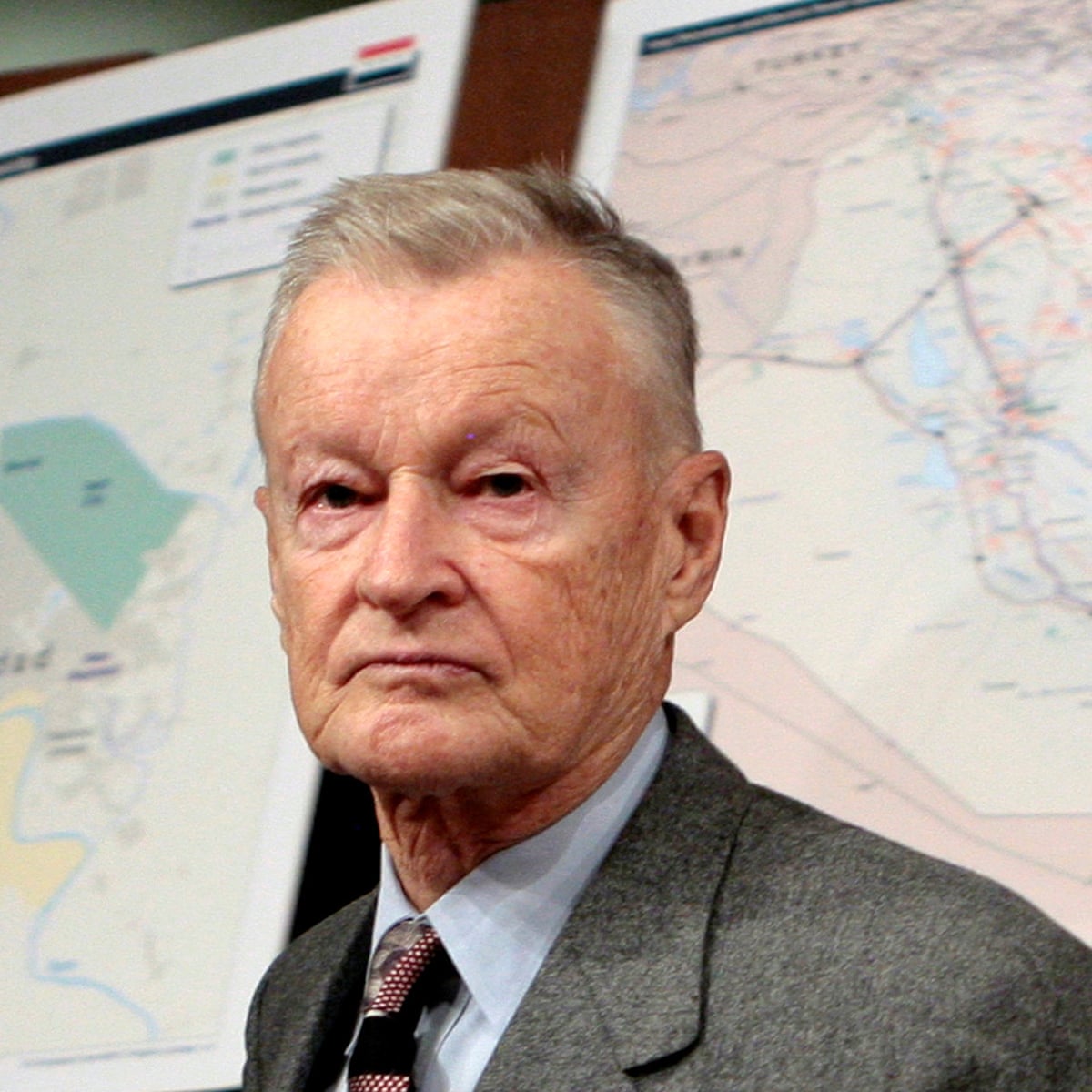
Thomas A. Drohan, a retired U.S. Air Force brigadier general and professor emeritus of military and strategic studies at the USAF Academy, writes that,
“Effectively, we are at war and peace all the time…. When peace fails—that is, war is not deterred—the DoD’s job is to prevail in the resulting conflict. For the grey zone in between, military strength is to reinforce ‘traditional tools of diplomacy, ensuring that the President and our diplomats negotiate from a position of strength.’ The problem with this viewpoint is that we also tend to assume, ‘war is an act of violence.’
Misapplied to warfare, this assumption overlooks effective methods of waging war in our densely interactive security environment…. Confusion about what constitutes legitimate competition thickens the fog of war in a boundless battlespace of weaponized information. What’s clear is that warfare is hybrid conflict marked by cooperation and confrontation….
We are in arenas of warfare that are all-domain, all-instruments-of-power, and all-effects. Conflict involves cooperation and confrontation. How will we fight?”
Karl Marlantes is a Vietnam war veteran who commanded a Marine rifle platoon. He has written three books that were best sellers, two of which are taught at West Point, Annapolis, the Naval War College, the Air Force Academy, and various other military schools.
Reflecting on U.S. endless and unwinnable wars in light of the defeat in Afghanistan, he writes in an editorial for Time magazine, that
“…the question no one is discussing is why for decades successive administrations of both parties continue to involve us in wars that not only we don’t win, but that for years we keep on fighting even when we know we can’t win and our objectives in those wars are confusing and malleable. If you look back over the history of our war in Afghanistan, it was clear as early as 2002 that we didn’t fully understand what we were doing there anymore or how to go about doing it. Yet we remained for nearly 20 more bloody years.
Why do we keep doing this? How can we stop?….
Most Americans don’t seem to care about any of this until, after a series of escalations, the national pain crosses some hard to define threshold and the American people want out. The policy makers usually do not want out. Their reasons range from genuine belief in the war’s objectives to self-serving fear of being blamed for failure and the ensuing damage to their political or bureaucratic careers….
Unleashing the awesome and massive power of the American military should only be done to defend against threats to our democracy and the values and hard-won rights of its citizens. Since World War Two, we have repeatedly used this power unwisely, resulting in a humiliating cycle of wasted lives and money….
In Vietnam, Afghanistan, and Iraq we sacrificed our young and spent massive amounts of money fighting to build nations that look and think like we do, a goal that most Americans don’t really care about, especially when they don’t face getting drafted. In those wars there was no direct threat to Americans that our fundamental values would be taken from us. The reason we lose these wars is that our opponents are fighting for something they care about very much indeed.”
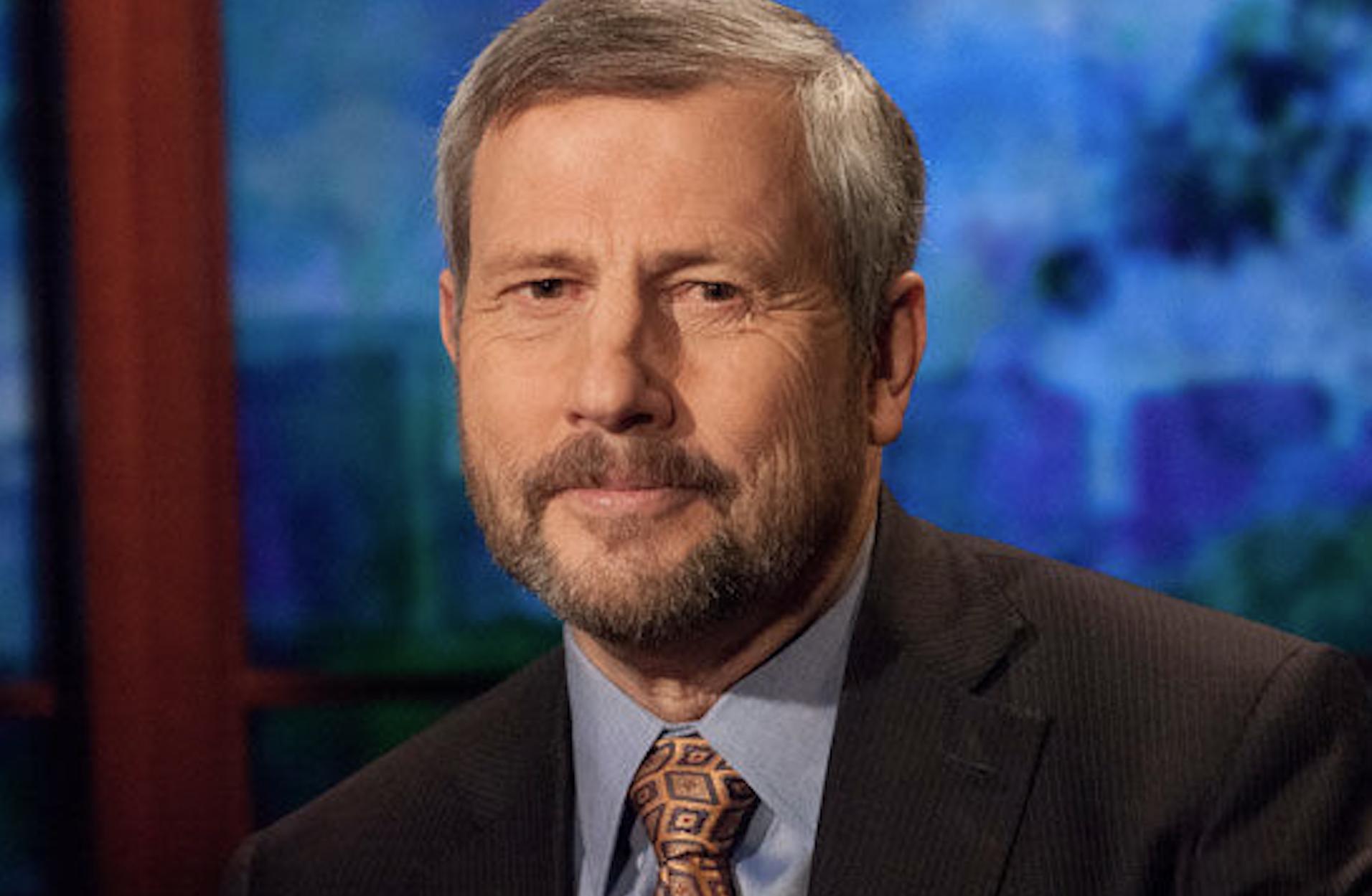
Who among our own people truly cares about the objectives of the Empire and U.S. militarism? I think again about those two kinds of security. Where I live in Tucson, Arizona, I am only three blocks from the Casa Maria soup kitchen I used to be part of back in the 1980s. It is still operating, every day passing out hundreds of free lunches, providing a few showers, a place for the poor and the homeless to just sit and relax and not be harassed.
The neighborhood I live in is a poor and mostly Latino neighborhood. When I walk down the alley next to my house, I see the trash, the human excrement, the discarded blankets and clothes, the discarded syringes of those who can only imagine relief in this cruel world at the end of a needle. If it is early enough in the morning or late enough in the evening,
I will see the homeless huddled in storefront doorways, under trees, on benches, sleeping on the hard concrete and ground, even in the coldest or the hottest parts of our desert weather.
Meanwhile, military aircraft from the nearby Davis-Monthan Air Force Base fly overhead, perhaps on test runs to drop Tomahawk missiles made by our city’s top employer, defense contractor Raytheon. These planes, these missiles, cost U.S. taxpayers hundreds of millions, billions of dollars.
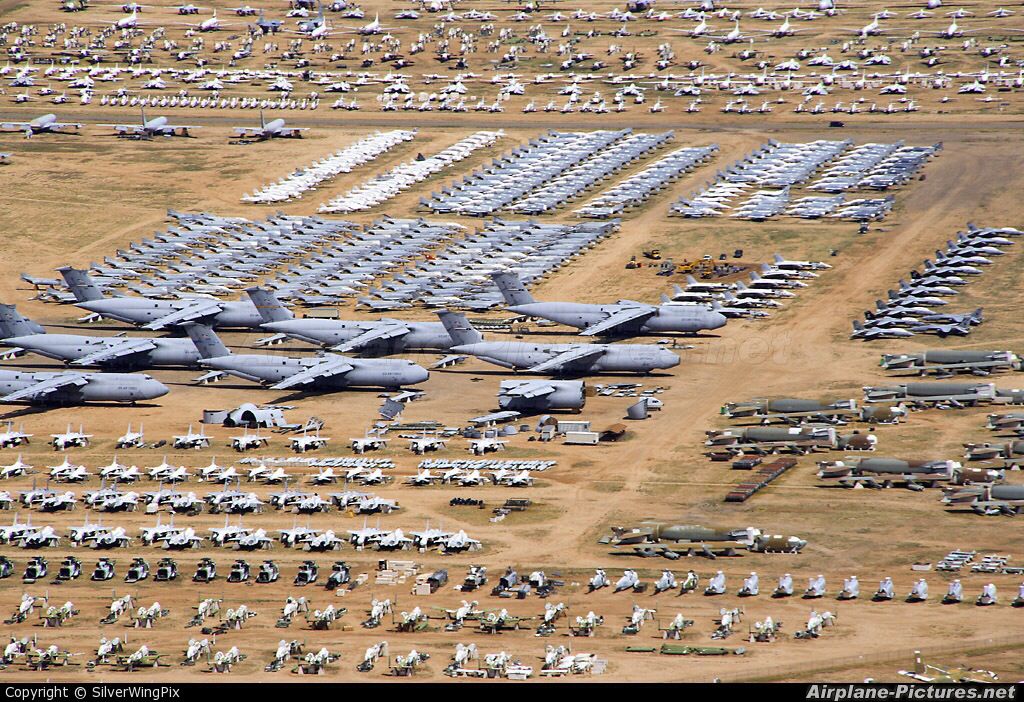
What is the U.S. security model? The U.S. security model is inequality—inequality at the point of a sword. At the end of the day, the homeless man sleeping in the winter cold a few blocks from the White House in Washington, D.C., and the homeless youth sifting through garbage a few blocks from the Plaza Bolívar in Bogotá, both represent the putrid fruits of the same Empire. Wherever we live, within the U.S. or outside it, our struggle must be one as we reach across borders and boundaries to dismantle the Empire and achieve liberation. Therein lies our security.

*This is the English version of an article solicited by the magazine Revistat from Catalunya.
CovertAction Magazine is made possible by subscriptions, orders and donations from readers like you.
Blow the Whistle on U.S. Imperialism
Click the whistle and donate
When you donate to CovertAction Magazine, you are supporting investigative journalism. Your contributions go directly to supporting the development, production, editing, and dissemination of the Magazine.
CovertAction Magazine does not receive corporate or government sponsorship. Yet, we hold a steadfast commitment to providing compensation for writers, editorial and technical support. Your support helps facilitate this compensation as well as increase the caliber of this work.
Please make a donation by clicking on the donate logo above and enter the amount and your credit or debit card information.
CovertAction Institute, Inc. (CAI) is a 501(c)(3) non-profit organization and your gift is tax-deductible for federal income purposes. CAI’s tax-exempt ID number is 87-2461683.
We sincerely thank you for your support.
Disclaimer: The contents of this article are the sole responsibility of the author(s). CovertAction Institute, Inc. (CAI), including its Board of Directors (BD), Editorial Board (EB), Advisory Board (AB), staff, volunteers and its projects (including CovertAction Magazine) are not responsible for any inaccurate or incorrect statement in this article. This article also does not necessarily represent the views the BD, the EB, the AB, staff, volunteers, or any members of its projects.
Differing viewpoints: CAM publishes articles with differing viewpoints in an effort to nurture vibrant debate and thoughtful critical analysis. Feel free to comment on the articles in the comment section and/or send your letters to the Editors, which we will publish in the Letters column.
Copyrighted Material: This web site may contain copyrighted material the use of which has not always been specifically authorized by the copyright owner. As a not-for-profit charitable organization incorporated in the State of New York, we are making such material available in an effort to advance the understanding of humanity’s problems and hopefully to help find solutions for those problems. We believe this constitutes a ‘fair use’ of any such copyrighted material as provided for in section 107 of the US Copyright Law. You can read more about ‘fair use’ and US Copyright Law at the Legal Information Institute of Cornell Law School.
Republishing: CovertAction Magazine (CAM) grants permission to cross-post CAM articles on not-for-profit community internet sites as long as the source is acknowledged together with a hyperlink to the original CovertAction Magazine article. Also, kindly let us know at info@CovertActionMagazine.com. For publication of CAM articles in print or other forms including commercial internet sites, contact: info@CovertActionMagazine.com.
By using this site, you agree to these terms above.
About the Author
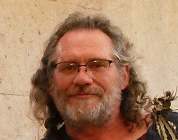
James Patrick Jordan is National Co-Coordinator for the Alliance for Global Justice and is responsible for its Colombia, labor, and ecological solidarity programs.
He lives in Tucson, Arizona and is a student and occasional presenter at Salt of the Earth Labor College.
He can be reached at james@afgj.org.

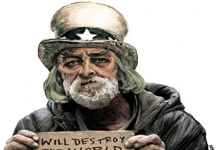

THE MILITARY/INDUSTRIAL COMPLEX PREVAILS!!!!
I will never forget being in Washington DC for President Eisenhower’s inauguration, hearing him tell the nation, “Beware of the military/industrial complex.”
HOW RIGHT HE WAS and STILL IS!!!!! Truly evil, when we could be using that money for education, pre-K (starting at age 3 months) through college FOR ALL and health care FOR ALL, like they have in the 2 poorest countries in our hemisphere, Cuba and NIcaragua; Canada; and Europe. If they can do it, SO CAN THE UNITED STATES OF AMERICA!!!!
But, BIG money prevails, as our prisons become privatized (withprison populaion projected, based on the number of children not reading at grade level at the end of 3d grade…and we know who they are: our poor, Black and White) and cost of private medical care costs continues to rise.
[…] Security, Empire and Life in the USA, by James Patrick Jordan […]